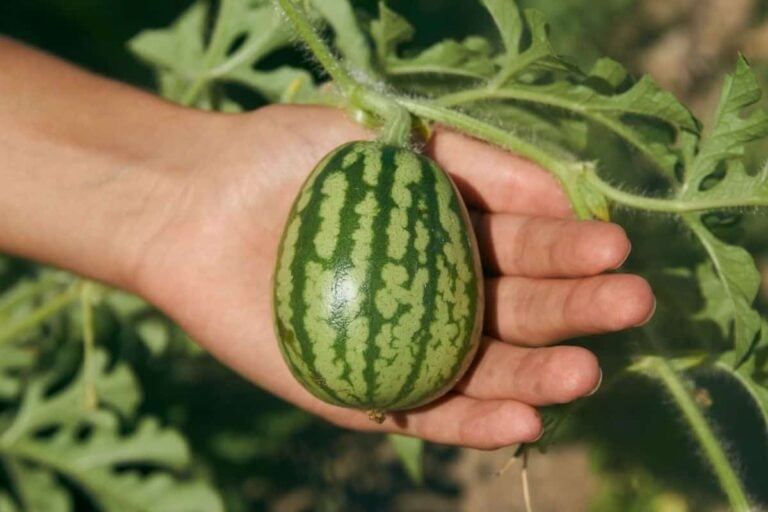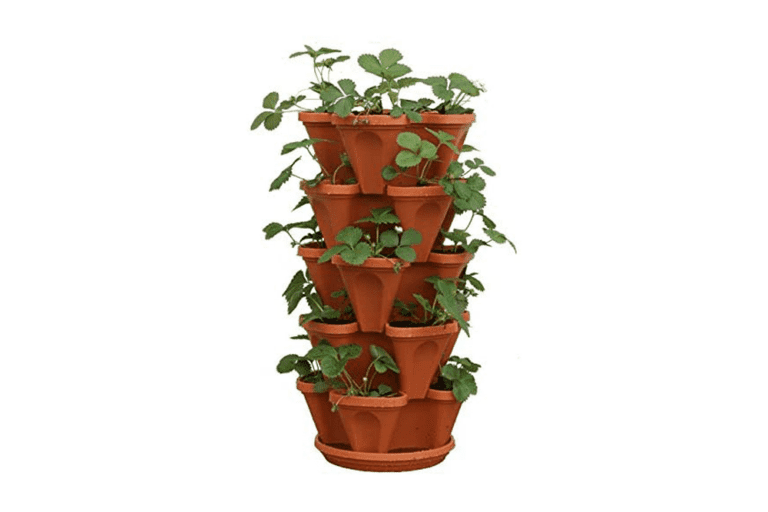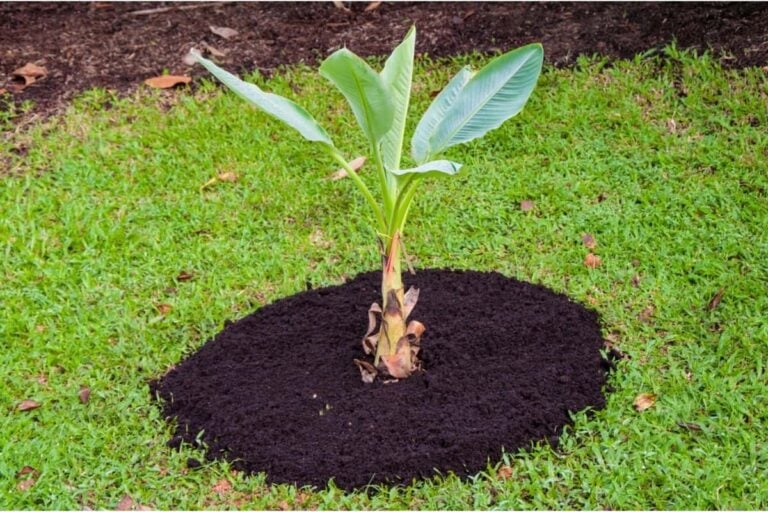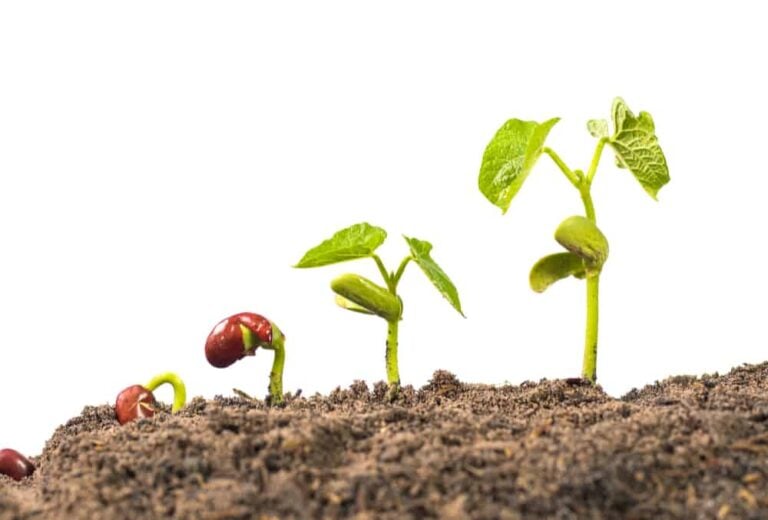How To Grow Cantaloupe Melons
How to grow cantaloupe melons? This is one of the most frequent questions we receive from our readers. With melons being such a popular fruit, and cantaloupe being one of the most renowned varieties, the question is valid.
Used as the main ingredient in many smoothies and summer refreshers, cantaloupe melon is a very demanding plant. It requires warm days and nights, a fairly large space, and a trellis on which the plant can climb and thrive.
But that’s not it. Cantaloupe melons also need a good ground, fertilizers, and a lot of care. So, here’s how to grow cantaloupe.
Environmental Conditions
Cantaloupe, like all other melons, needs warm temperatures both during the day and during the night. An optimal temperature should be around 77°F and 82.4°F during the day and between 59°F and 64.4°F during the night.
In other words, growing cantaloupe outdoors is not possible before the last winter frost has passed and the temperatures are stable unless you have a heated greenhouse.
When planning the garden, a thing to keep in mind is space. Melons need a large space where to develop and thrive. The fruit grows both vertically and horizontally and needs lots of sunshine.
Another thing to consider is the ground. Because this is a more complex matter, we dedicated a full chapter to it. As a general rule, all types of melons, including cantaloupe, grow in very similar conditions; therefore, it’s easy to use the same procedure in case you want to grow multiple varieties.
Prepare The Soil
Cantaloupe thrives in medium-soft ground, fairly moist and rich in organic substances. Exposure to the sun is a must, and dry, shadowed, and poor soils should be avoided. Growing cantaloupe on improper soil could result in a late ripening of a tasteless melon.
To ensure the soil is rich of nutrients, there should be made at least two treatments of the ground, one at the end of the summer and one in spring, a few weeks before sowing or transplanting the seedlings.
The first treatment should be carried out according to the crop that preceded the melons. Plowing and hoeing the lot with a rotary cultivator or milling cutter should be carried out in parallel with an intense mineralization of the land with fresh or semi-mature manure and compost.
The second treatment should be carried out a couple of weeks before sowing or transplanting. This treatment should consist of a superficial hoeing, of about 10 inches deep, to eliminate any weeds and remix the soil. At this stage, it’s also advisable to add a new organic layer of compost.
If you don’t have the possibility to carry out both processes, proceed with a deep hoeing done with a suitable rotary cultivator, incorporating organic soil, compost, and other nutrients into the ground, about two weeks before sowing.
When And How To Sow Cantaloupe
Depending on the area where you live, sowing can start as early as February. While respecting the temperature ranges above is crucial when sowing outdoors, you can still start earlier as long as you decide to grow cantaloupe melons in a heated greenhouse.
To achieve a good crop, cantaloupe needs both warm air and warm soil, so make sure to sow after the last winter frost and check the microclimate before proceeding.
Growing cantaloupe indoors in a pot is a solution to embrace if you don’t have a garden, and the same sowing procedure can be used to start your cantaloupes indoors if you just can’t wait to get your crop started.
In this case, choose an appropriate container and make small holes, about an inch deep, in the potting soil. Sow two seeds in each hole, cover with a layer of potting soil and water regularly. If the containers are large enough and placed in a sunny spot, or if you’re using a grow lamp, your melons will probably thrive indoors.
Sowed in seedling trays in February, cantaloupes are usually ready for transplanting in April, or any time after that when the weather allows it. As a general rule, you should only transplant plants that have developed their fourth set of leaves.
If the temperatures drop after you’ve transplanted the seedlings, it will be necessary to protect the cantaloupes with PVC sheet.
As for the spacing, it is recommended to plant each seedling in a furrow about two inches deep at a distance of about 3 feet from each other. Leave the same space between the rows too, then fill the furrow with ground and settle it.
How To Grow Cantaloupe
During the whole growing period, the melon plants should be mulched constantly, as mulch helps the soil retain moisture and limits the growth of weeds. This practice is especially useful in the early stages, allowing a better control of weeds and pests.
As the plant grows, it is important to keep weeding regularly using either a string trimmer if space allows it, a hoe, or your bare hands. When fruits start growing on the vine, it is important to limit the use of gardening tools and remove the weeds manually, to avoid damage to the roots.
How To Water Cantaloupe
Like any other melons, cantaloupes require a high water supply. For this reason, it is recommended to grow them in soils that retain moisture. But even in this case, watering must be constant and abundant. In broad terms, and when the temperatures don’t exceed the thresholds above, it is recommended to water your crops every other day.
If you want to grow many cantaloupe melons, we recommend installing a good irrigation system able to provide a constant and continuous flow of water as long as the fruits are growing.
Watering must be suspended before the complete ripening of the fruits and during the rainy periods, depending on the extent of the precipitations.
How To Fertilize Cantaloupe
As explained, cantaloupe melon thrives in soils rich in organic matter and, for this reason, a fertilizer can boost the yield and keep your crop in the best of conditions. Fertilizing is also particularly useful if the previous crops have not been fertilized.
The best fertilizers are organic compost and manure. You’ll need about 10lbs of fertilizer for every three square meters of ground. Just sprinkle the product on the soil and work it in with a shovel, garden hoe, or with a cultivator.
To obtain an optimal yield, continue adding fertilizer to the roots of the melons. Just sprinkle a couple of tablespoons of fertilizer and work it into the ground with your hands at least once a month.
How To Harvest Cantaloupe
Cantaloupe usually ripens in three months, so you’ll probably be able to harvest your crops at any time between June and August, depending on when you’ve sown the seeds and the weather. Before harvesting, you should first check whether the fruit is mature, by checking it following the steps below.
- The fruit has reached the characteristic size of its variety. This rule applies to all other melons.
- The peduncle detaches from the fruit and shows circular dry signs.
- The melon loses its characteristic “hair”.
- The “net” on the cantaloupe’s skin takes on a lighter color.
Harvest the cantaloupe by cutting the fruit off the peduncle with gardening scissors.
How To Preserve Cantaloupe
Cantaloupe should be consumed fresh, immediately after harvest. It can be stored in the fridge or in a cool and dry place for no more than a couple of weeks before consumption to enhance its flavor.
Alternatively, you can reduce it to puree and freeze it, then use the pulp for smoothies or cooking. However, this might alter the flavor of the fruit.
Bottom Line…
We hope that you now know the basics of how to grow cantaloupe melon. It’s not rocket science and the plant is not demanding as long as you respect its requirements. What we recommend is to start your crops indoors if you want to enjoy the first fruits as early as possible.





